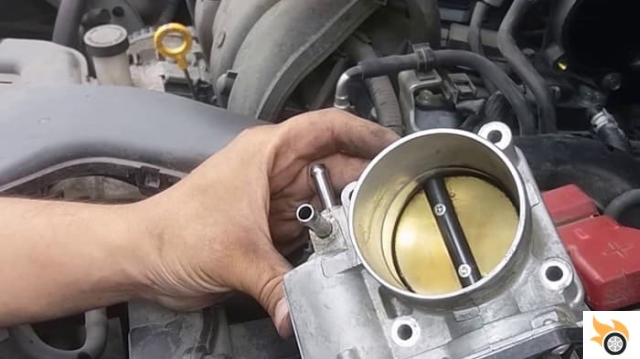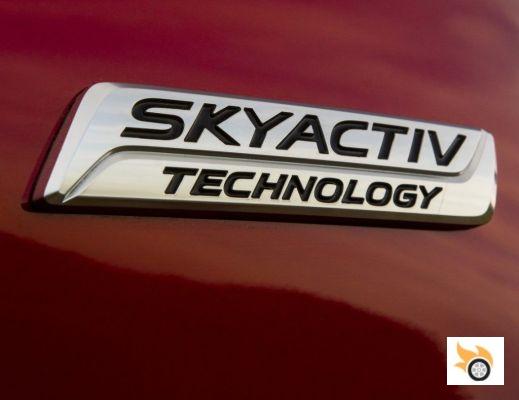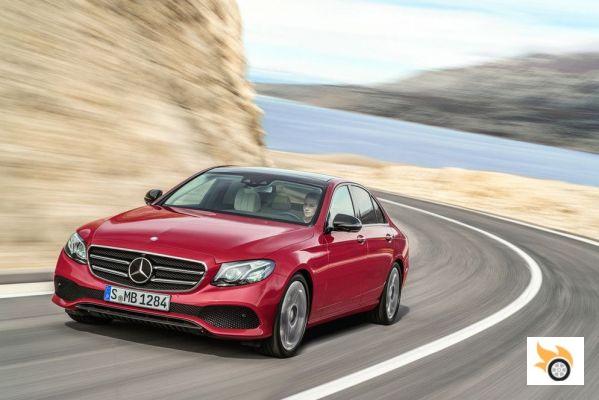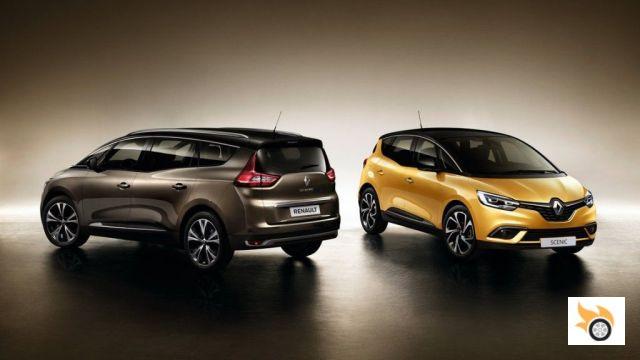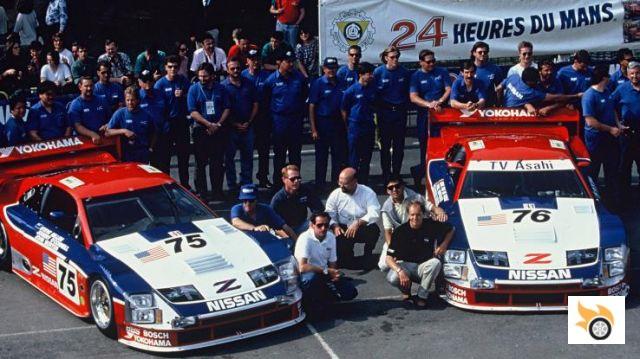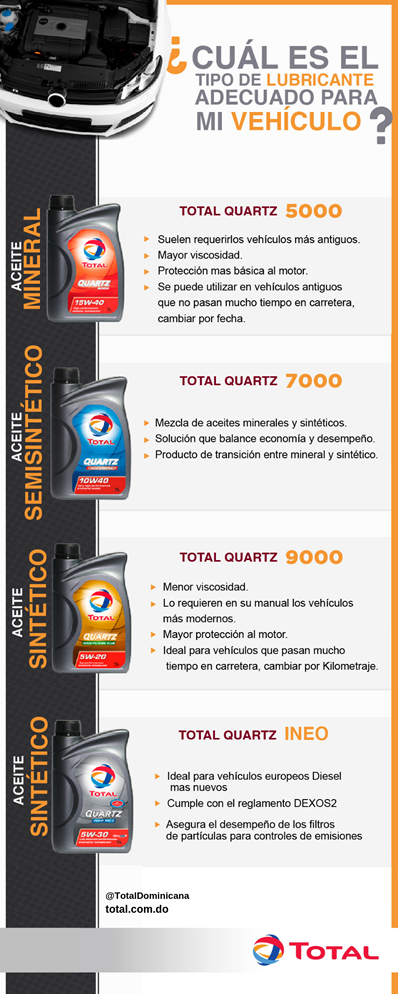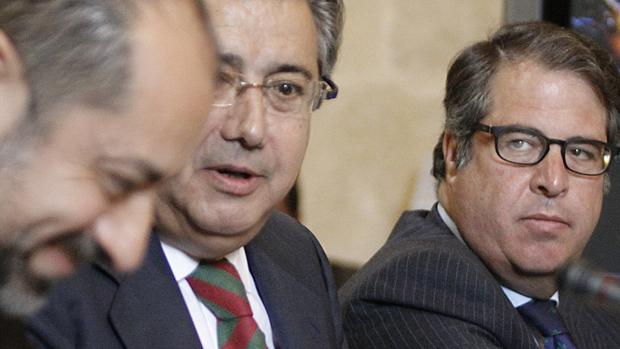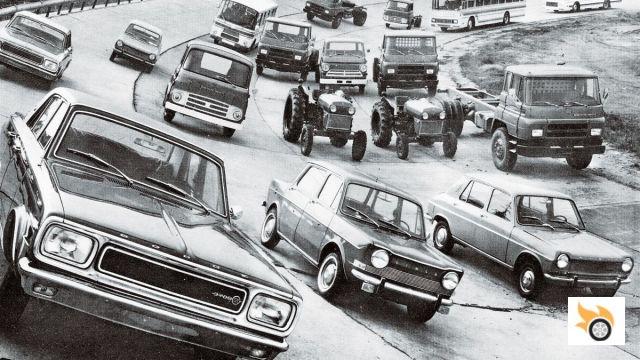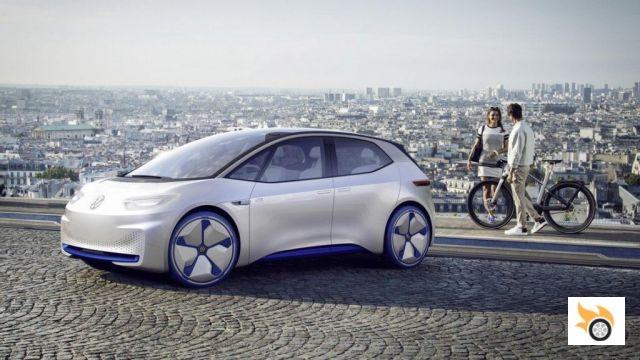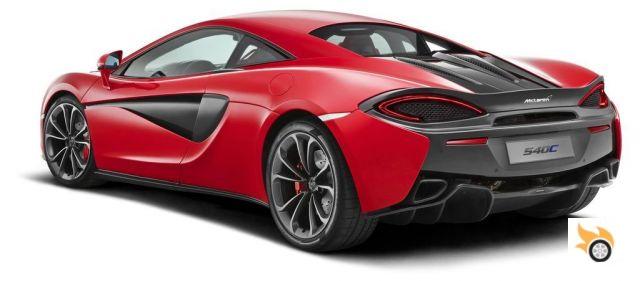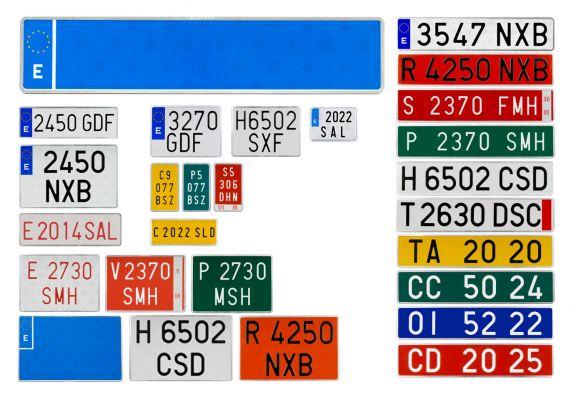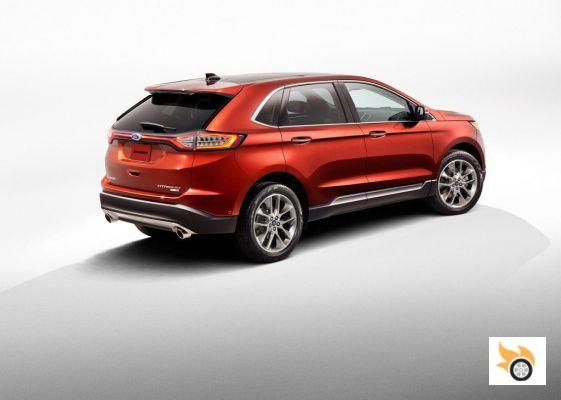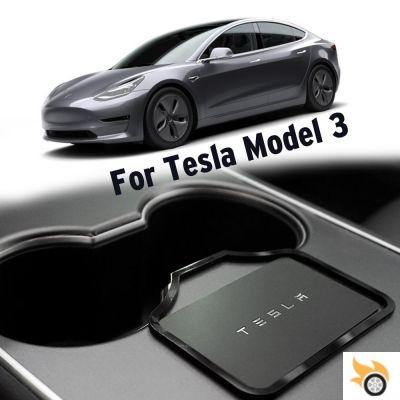Tesla has warned customers of possible hikes to the European Supercharger network, hikes that immediately materialized. So let's see how much it costs to make a consistent top-up now
In recent days Tesla, via an email, warned customers of possible increases in charging rates at the Supercharger network. A "courtesy" never happened before, with the increases that have materialized practically in real time. The average increase in the Old Continent is 12 euro cents for each kWh supplied, with peaks of 71 cents, as in Germany.
In Spain the price should be more or less everywhere fixed at 66 cents, obviously up from previous prices, which were just under 50 cents. Recharging at Superchargers has therefore become more expensive, but how much does the new price really affect a recharging session? Let's try to do the calculations, with the different cars, imagining the most frequent recharging, that from 10% to 80%.
To simplify, let's consider a Model 3 Long Range with 75 kWh of capacity, whose delta in our example recharge is 53 kWh (ignoring any system losses, which, however, are negligible at high powers). With the prices that were in effect until a few days ago, we would have spent almost 26 euros to quickly bring our Model 3 (or Model Y) back to optimal autonomy.
With the new price instead it goes up to almost 35 euros, therefore 9 euros more, to arrive at a range which, depending on the routes, could fluctuate between approximately 380 and 480 km. Rear-wheel drive Model 3s, which were once called Standard Range Plus, are also very popular in Spain. The battery in this car has changed several times over time, going from about 50 kWh to 60 kWh current.
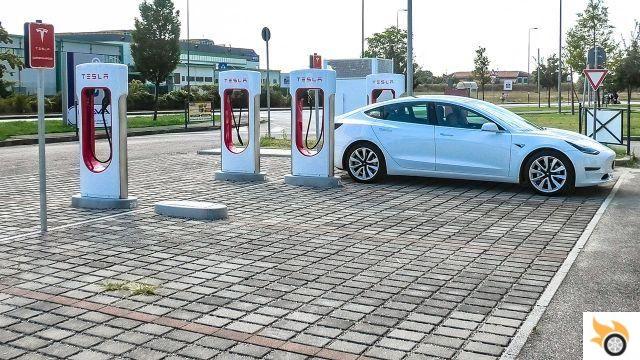
So let's take into consideration the newer cars, which previously spent, from 10 to 80%, just over 20 euros. After the increases, however, the owners will have to wait a cost of around 27 euros. As logical to expect, with a smaller battery the spending delta drops to 7 euros per top-up.
Finally we analyze the battery of the flagships which, although Tesla no longer declares the capacity, we know it is about 100 kWh. Also in this case the multiplication is simple, with the old cost which was around 34 euros, and which is now instead approximately EUR 46. So owners of top-of-the-line Model S and Model X can expect to splurge 12 euro more.
We would like to specify one thing: Tesla does not declare exactly how much of the battery it renders unusable to the user, so these calculations are only intended to offer an order of magnitude, but could vary slightly due to different batteries, safety buffers and the state of decay. Clearly assuming a larger recharge delta, the costs increase, but few recharge 100% at the fast columns.
This increase made the monthly subscriptions of some public top-up operators even more convenient. These fixed monthly tariffs, consuming the entire amount of available kWh, allow you to obtain prices per single kWh that range from about 35 cents, even to drop slightly below the 30 cents threshold, thanks to various discounts and promotions.




